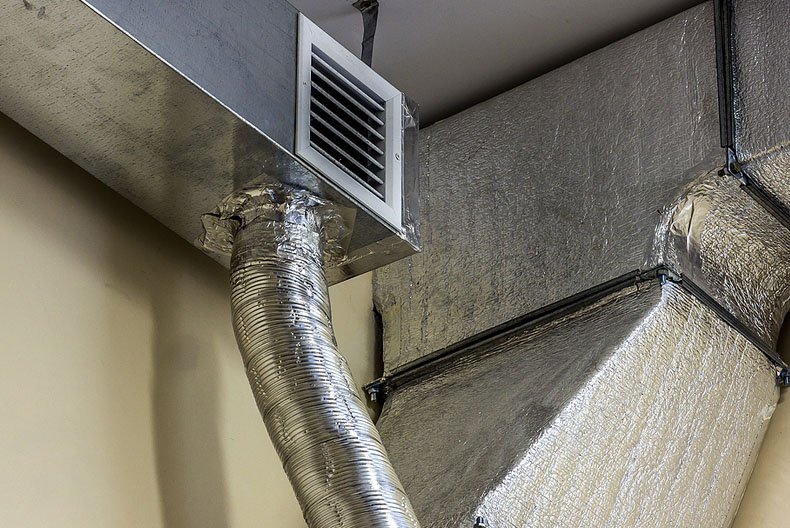Breathing clean air is essential, especially if you or a loved one suffers from asthma. One common solution people consider is duct cleaning as a means to improve indoor air quality. This article will explore whether duct cleaning genuinely aids in managing asthma symptoms, and what factors should be considered to create a healthier living environment.

Understanding Asthma and Indoor Air Quality
Asthma is a chronic condition characterized by inflamed airways, leading to symptoms such as wheezing, coughing, and shortness of breath. For asthmatics, the quality of air around them plays a significant role in symptom management. Understanding how indoor pollutants affect breathing is crucial.
What is Duct Cleaning?
Duct cleaning involves removing dust, debris, and potential allergens from your home’s HVAC system. Over time, these particles can accumulate and become airborne, affecting the air you breathe. Professional cleaning can help minimize these risks.
How Does Duct Cleaning Work?
The process generally includes inspecting the ducts, using specialized tools to remove dust and debris, and sometimes applying chemical treatments to prevent mold growth. It’s important to choose a reputable professional to ensure effective cleaning.
Benefits of Duct Cleaning
While the main goal of duct cleaning is to enhance air quality, there are several other benefits:
- Reduction in dust accumulation in the home
- Improved efficiency of HVAC systems
- Decrease in potential allergens, such as mold spores
- Enhanced overall indoor air quality
Potential Impact on Asthma
For those with asthma, cleaner air can lead to fewer triggers. Duct cleaning can help remove irritating particles from your home’s air system.
Studies and Expert Opinions
Research on duct cleaning and its direct impact on asthma is limited. However, many experts agree that reducing overall indoor pollutants can be beneficial for respiratory conditions. The EPA provides resources to understand these benefits.
When Should You Consider Duct Cleaning?
Duct cleaning might be particularly necessary if:
- There’s visible mold growth inside ducts
- The ducts are infested with vermin
- Dust and debris are visibly released into the home
Choosing the Right Duct Cleaning Service
Selecting a professional service involves ensuring they use HEPA filters, have solid reviews, and are transparent about their methods. A trustworthy service can significantly impact the success of the cleaning.
How to Identify a Reputable Service
Research online reviews, verify certifications, and compare service prices to make the best choice. For example, you might need a commercial cleaning if you own a business.
DIY vs. Professional Duct Cleaning
While some homeowners attempt DIY cleaning, it often lacks the effectiveness of professional services due to the advanced equipment and expertise involved.
Additional Tips for Asthma-Friendly Homes
Aside from duct cleaning, maintaining humidity levels, using HEPA filters, and regular home cleaning are important tasks. Consider learning how to reduce humidity without special equipment.
FAQs
Is duct cleaning suitable for all homes?
Yes, generally, but especially valuable in homes exposed to significant dust or pollutants.
How often should ducts be cleaned?
Every 3-5 years, or more frequently if noticeable dust or mold is present.
What are signs my ducts need cleaning?
Frequent unexplained allergies or increased dust accumulation can be signs.

Conclusion
While duct cleaning is not a cure-all for asthma, it can contribute to a better living environment. By reducing pollutants and maintaining cleaner air, those with respiratory issues may find some relief in their symptoms. With careful consideration and proper service choices, duct cleaning can be an important part of keeping your home healthier and safer for everyone.
This article contains affiliate links. We may earn a commission at no extra cost to you.